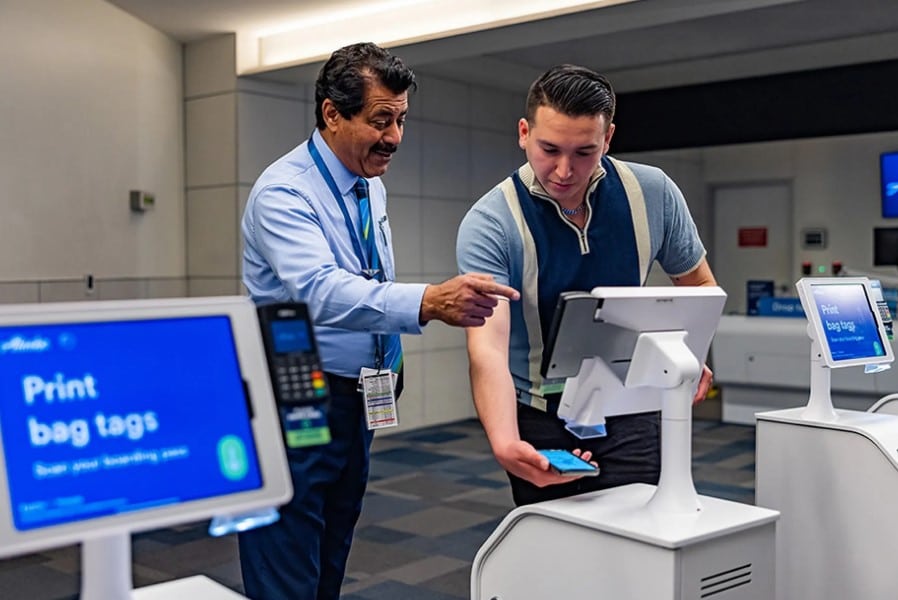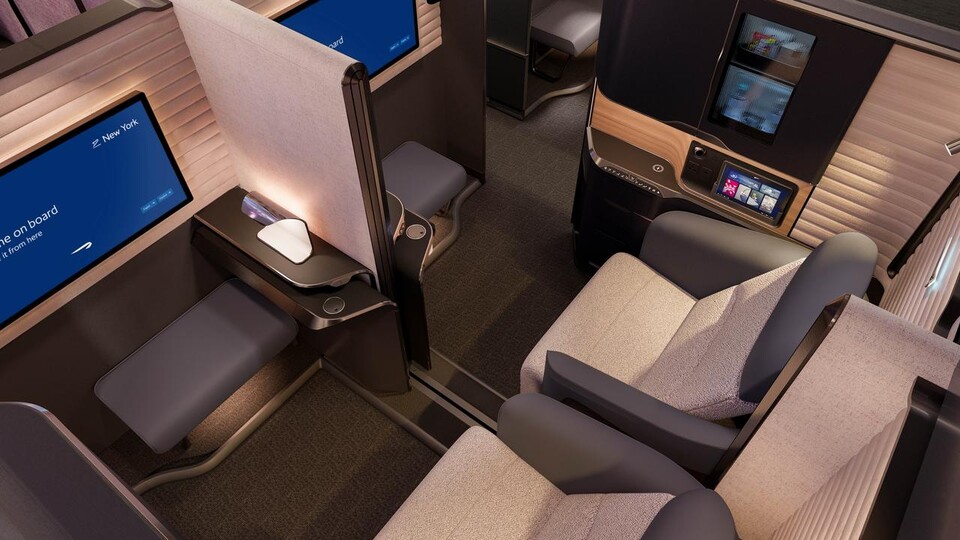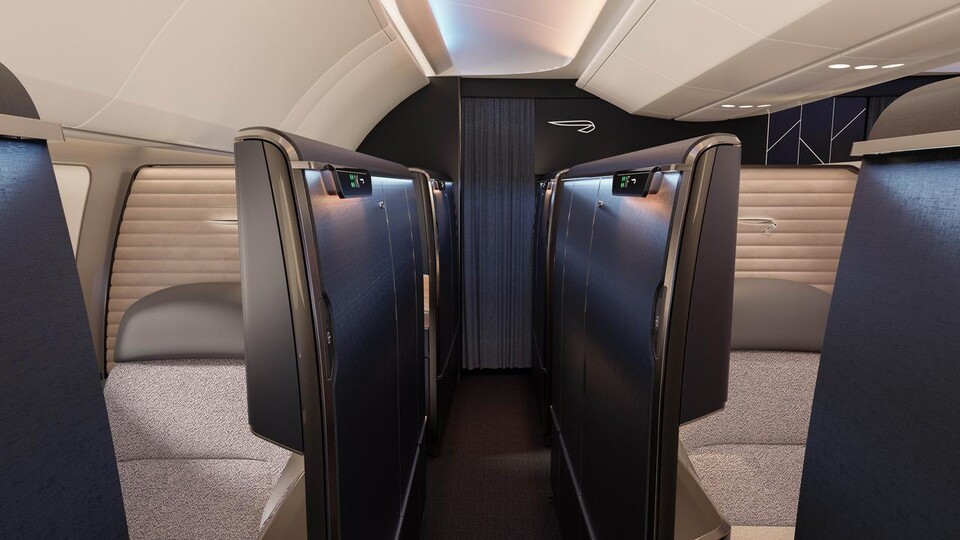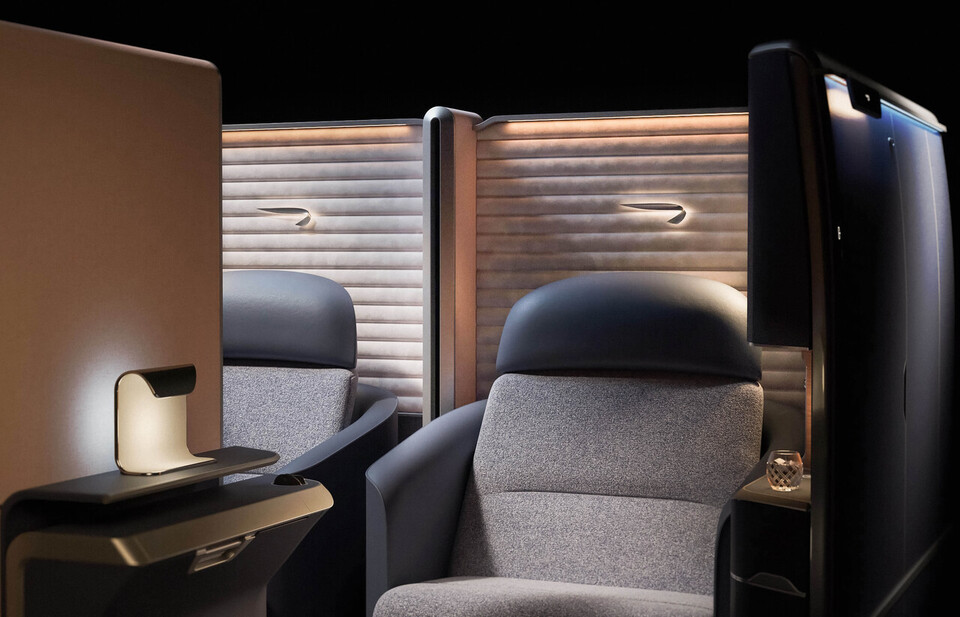Airlines
Alaska Airlines is transforming the airport lobby experience

Alaska Airlines has announced that it intends to redesign the passenger experience in its hubs and target cities, including airports in Anchorage, Los Angeles, Portland, San Francisco, and Seattle. It claims to be paying attention to client input that additional self-serve choices are the best approach to take care of its customers.
In order to improve the whole airport experience, it will invest $2.5 billion over the next three years. Additionally, they are working to reduce the time it takes for lines to form and get passengers through the lobby and through security to allow more time for that pre-flight snack. You can navigate the lobby using just your phone, much like how mobile technology is frequently utilised to access athletic events and concerts.
Starting with the Alaska Airlines app at home is the first step. Prior to arriving at the airport, visitors are urged to check in and obtain a boarding permit. Preparing for your trip before going to the airport gives you peace of mind and makes it possible for you to properly arrange your day of travel. Although the Alaska Airlines app is the ideal pre-trip resource, customers may also check-in online, send a boarding pass to their phone, or print one at home.
In the lobbies, brand-new bag tag stations will take the place of outdated kiosks where you may check luggage and pay for them using iPad tablets. It’ll only take a few brief steps because you finished all other tasks before going to the airport. With 3 out of 4 travelers arriving at airports equipped with the new technology and a boarding pass in hand, airports have already started converting to the new tablets. By the end of 2023, the majority of airports will have switched to the new bag tag stations.
Starting in the spring of 2024, hub airport lobbies will be outfitted with cutting-edge technology that will enable you to drop off your bags with only a few short scans. The device, which is widely used in international airports, will scan your face, any government-issued identification, and your baggage. Your luggage will then be loaded into the airplane using a belt from there. You will be on your way to security in less than a minute after completing the process.

Airlines
British Airways Unveils Its Brand-New First Class Cabin for the Airbus A380

British Airways has introduced its brand-new First Class seat, blending sleek design with expert British craftsmanship. Reflecting modern British luxury travel, this new cabin is part of the airline’s Airbus A380 retrofit plans, set to take flight in mid-2026.
The updated First Class cabin has been crafted to feel like a modern luxury hotel in the sky, complete with cozy touches and thoughtful British details.
Etihad Airways Unveils 10 Exciting New Routes for 2025
Designed by top experts from across Great Britain and Ireland—including London, Glasgow, West Yorkshire, Kilkeel, and Dublin—the seat reflects the best of British design and quality.
Features and Comforts
The new First Class seat is ultra-wide at 36.5 inches, with a bed length of 79 inches for ultimate comfort. It includes:
- A multi-purpose ottoman and stowable table.
- A 32-inch 4K TV screen.
- Adjustable mood lighting with modes like “relax,” “dine,” and “cinema.”
- A cocooned 60-inch curved wall for privacy while maintaining a spacious feel.
Passengers traveling together can enjoy a shared experience with a sliding divider that creates a lounge-like space. The stowable tables also allow for “buddy dining,” where two people can dine together.
The cabin’s flowing curves, inspired by the iconic Concorde wings, create a welcoming and stylish environment. Additionally, passengers can now wheel their luggage directly into their personal storage space, making settling in easier.
This country tops visa rejections in the popular Schengen countries
British Airways carefully considered customer feedback when designing this cabin. The seat includes practical storage and features like a fully rectangular bed for home-like comfort. Every detail, from usability to elegance, has been designed to enhance the travel experience.
British Airways is proud to be the only UK-based European airline offering a First Class product across the Atlantic. british airways premium economy and First Class travelers enjoy exclusive perks such as stylish seats, access to luxury lounges, fast-track security, and the First Wing at Heathrow. The airline ensures a premium experience from booking to landing.
This cabin upgrade is part of British Airways’ £7 billion investment in improving customer experiences. The airline has already introduced over 120 initiatives, including new short-haul seats, free onboard Wi-Fi messaging, and refreshed lounges worldwide.
-

 Aviation2 months ago
Aviation2 months agoMicrosoft Flight Simulator Raises $3 Million to Bring Back the An-225 Mriya
-

 Airlines2 months ago
Airlines2 months agoQatar Citizens Can Travel to the United States Without a Visa
-

 Aviation2 months ago
Aviation2 months agoQatar Airways bans these new Electronic Devices on plane
-

 Airlines2 months ago
Airlines2 months agoJapan Airlines Rolls Out Free Domestic Flights to International Passengers
-

 Defence2 months ago
Defence2 months agoWhich Country Has the Largest Fleet of Fighter Aircraft?
-

 Airport2 months ago
Airport2 months agoWestern Sydney Airport Welcomes Its First Plane After 6 Years of construction
-

 Airlines4 days ago
Airlines4 days agoDAMAC Air: Dubai’s New Luxury Airline Offers Free Flights for Registration
-

 Aviation2 months ago
Aviation2 months agoDid you know ? Once Boeing 747 carried 1088 passenger in 1991










